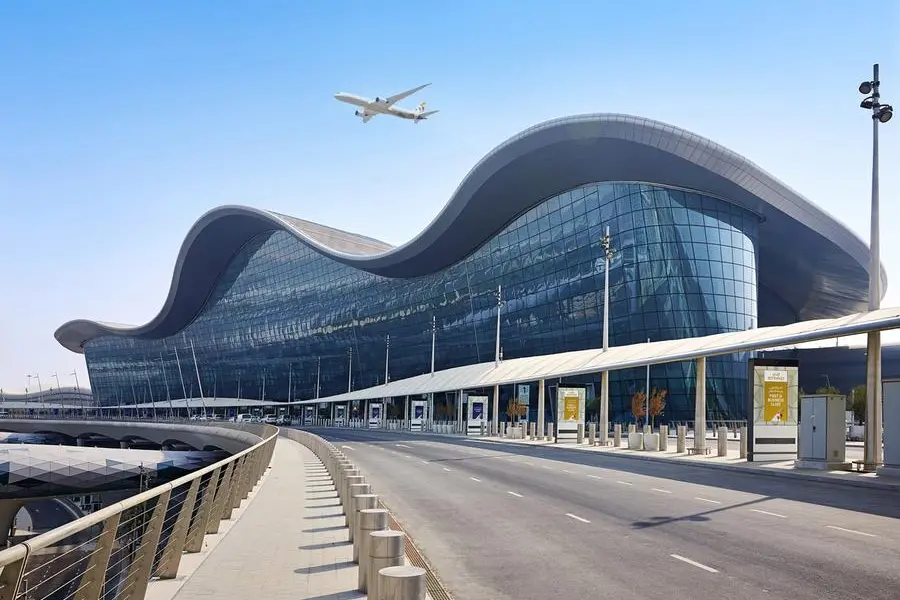Aeronautical and non-aeronautical income contributes to majority of the revenues as real-estate income currently contributes to less than 5% of total revenues for major private airport operators
The revenue streams for an Indian airport operator are primarily divided into aeronautical, non-aeronautical and real estate revenues. Aeronautical and non-aeronautical income contributes to majority of the revenues as real-estate income currently contributes to less than 5% of total revenues for major private airport operators.
On the non-aeronautical revenues, the major private airports in India have witnessed growth at a CAGR of 12% in during FY2017-FY2020. Along with this, reduction in aeronautical revenue share due to decline in tariffs has resulted in change in aeronautical to non-aeronautical mix at major private airports from 67:33 in FY2017 to 49:51 in FY2020.
The non-aeronautical revenue share further increased to 57% in FY2021 due to higher impact of pandemic on aeronautical revenues. As against this, the revenue mix at Airport Authority of India (AAI) operated airports is dominated by aeronautical revenues which constitutes 78% of revenue mix as focus is less on non-aero yield due to low passenger throughput at majority of tier II and tier III airports, lower international traffic and relatively low spend by the travellers.
Giving more insights, Rajeshwar Burla, Vice President & Group Head, Corporate Ratings, ICRA, says, “The non-aeronautical yield per passenger at major private airports is low as compared to major private airports in the world.
The average non-aero yield per pax for major private airports in India stood at US$ 3.8 (even lower at US$ 2.9 if AAI operated airports are included) during FY2018 – FY2020 (FY2021 not considered due to Covid impact) compared to yield per pax ranging between US$ 5.7 to US$ 16.4 for major airports across the world.
Given the evolving consumer spending behaviour, Indian airports still have a significant room for improvement. The aeronautical revenues are regulated in nature, where returns are capped; therefore, to maximise the return on capital employed, airport operators need to improve their non-aero yields.”
The hit on passenger traffic due to Covid-19 has severely impacted the revenues of non-aero concessionaires, which has consequently impacted the non-aero revenues for the airport operators.
The airport operators provided relaxations in lease terms for majority of the non-aeronautical concessionaires on a temporary basis by shifting to pure revenue share basis from minimum monthly or annual guarantee.
The outlook on the airport infrastructure continues to remain Negative. With the international commercial operations which are banned since March 2020, opened in a phased manner from October 15, 2021; the operators are expected to benefit as international traffic has better aero and non-aero yields
While the airline and other office space rentals have been least impacted, duty free, retail outlets and the advertisement revenues were severely impacted in FY2021.
Some of the concessions given for FY2021 are expected to continue in FY2022 and as traffic and non-aeronautical revenues ramp-up, airport operators are expected to return to original lease terms.
“The airport infrastructure industry was one the worst hit sectors due to covid-19 pandemic. The second wave of pandemic has put break on steady ramp-up in passenger traffic during Q1 FY2022 and is expected to result in delayed recovery.
The outlook on the airport infrastructure continues to remain Negative. With the international commercial operations which are banned since March 2020, opened in a phased manner from October 15, 2021; the operators are expected to benefit as international traffic has better aero and non-aero yields.
ICRA expects domestic air travel to recover back to pre-Covid levels by FY2023 and the international sector by FY2024,” Burla added.
***********************************************************************











